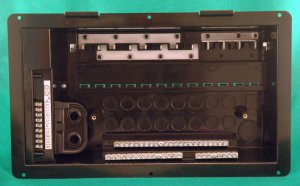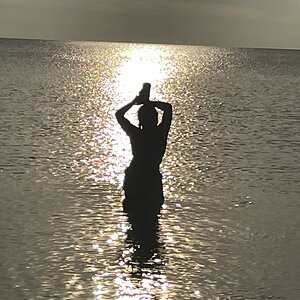TJ&LadyDi
RVF "Dinosaur"
After yesterday's experience with an "inverter fault," I've been wondering just what the inverter power, and when. We're an all-electric coach and I know that the AC units do not run when we are not connected to park power. Neither doe the microwave/convection oven.
I also know that our AC refrigerator/freezer runs when we are not connected to park power, as does the induction stovetop and many, if not all, of the 120V wall outlets.
What I'm not sure of is when we are connected to park power, is the inverter bypassed or are those appliances always powered through the inverter and the batteries kept charged by the incoming AC power to the charger?
Thoughts?
TJ
I also know that our AC refrigerator/freezer runs when we are not connected to park power, as does the induction stovetop and many, if not all, of the 120V wall outlets.
What I'm not sure of is when we are connected to park power, is the inverter bypassed or are those appliances always powered through the inverter and the batteries kept charged by the incoming AC power to the charger?
Thoughts?
TJ












